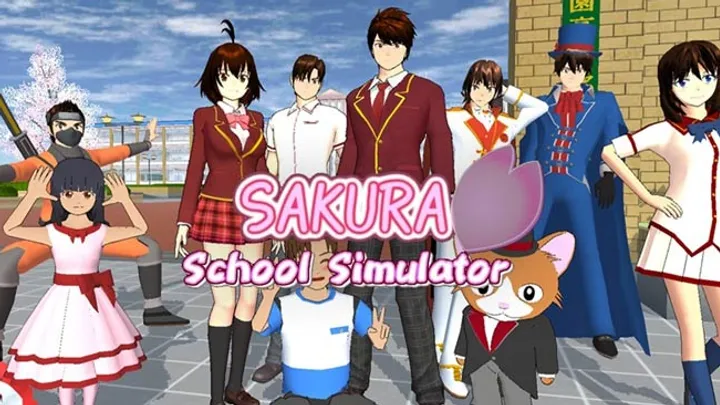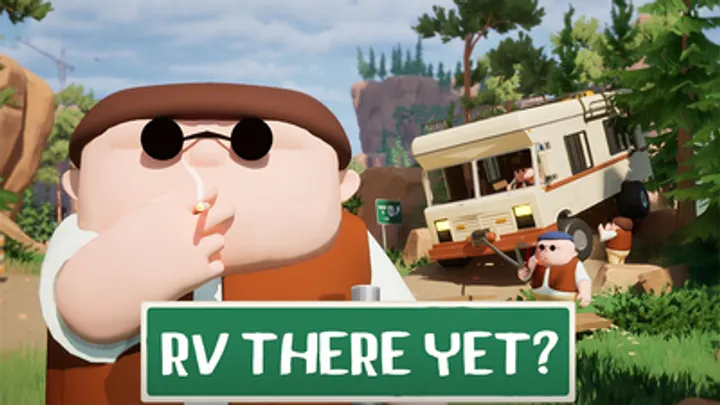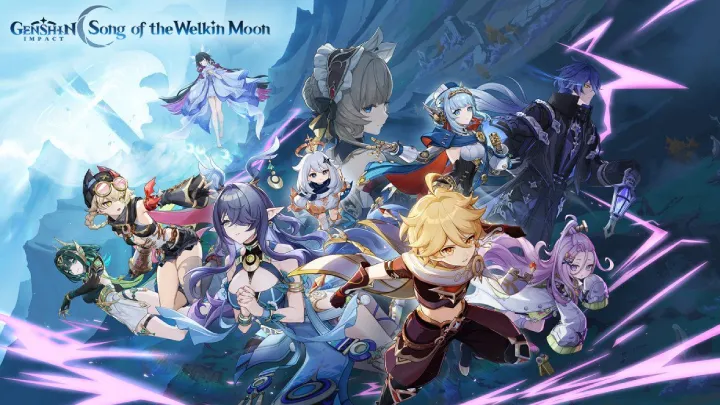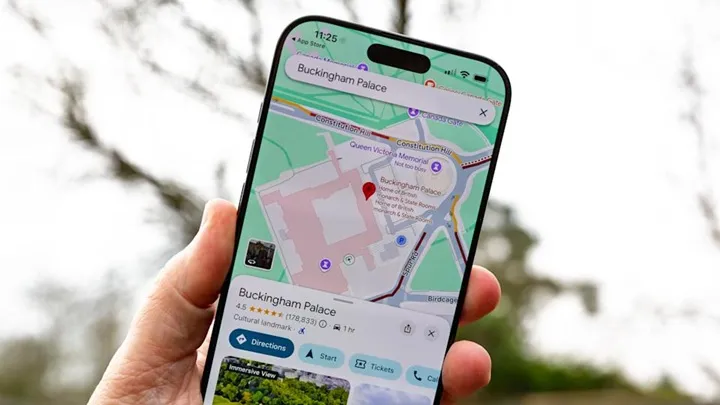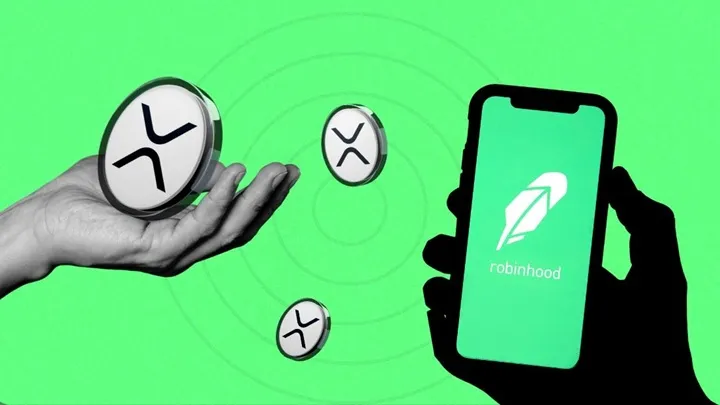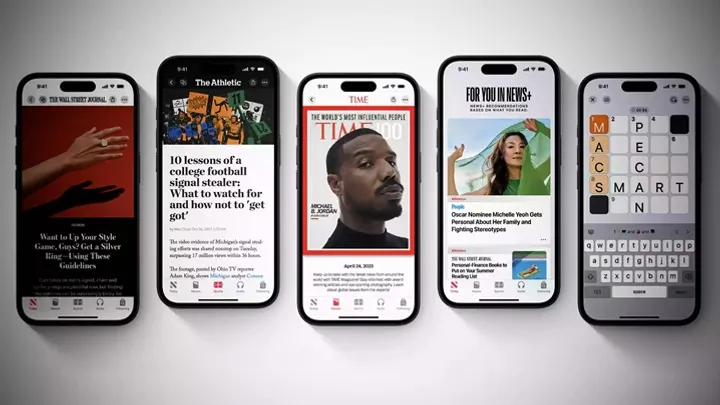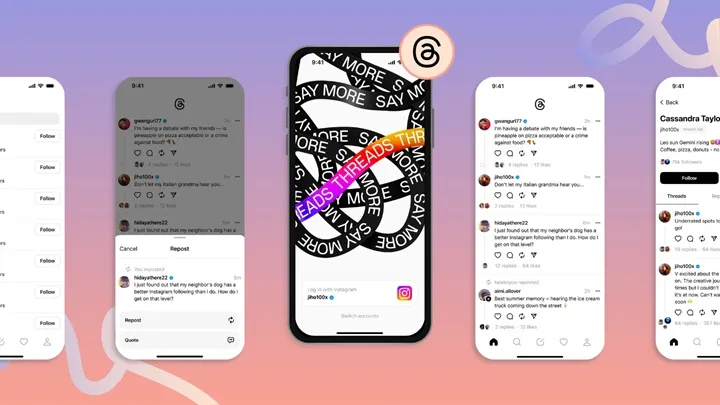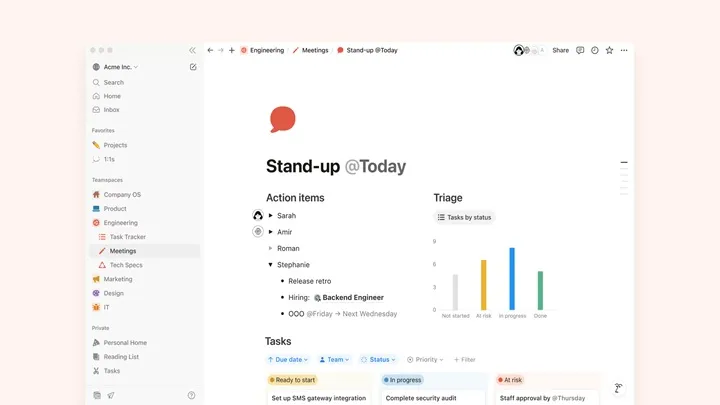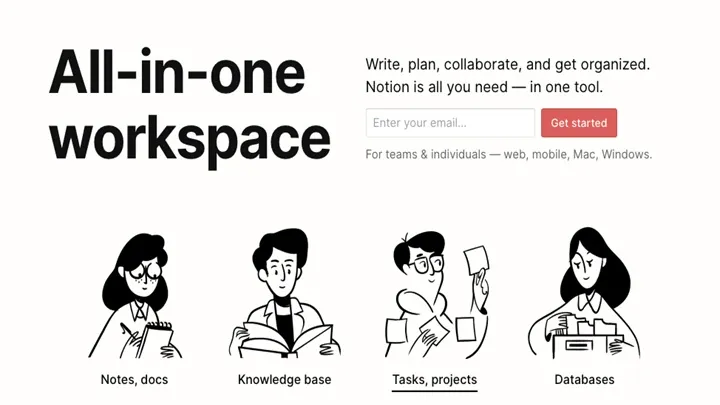Monument Valley is one of the most enchanting and visually mesmerizing puzzle games ever created. Known for its dreamlike architecture, impossible geometry, and emotional storytelling, it challenges players to guide Princess Ida through a world of optical illusions and shifting perspectives. On the surface, it looks simple, but beneath the beauty lies a deep, meditative puzzle experience that rewards observation, patience, and creativity.
This “how to” guide will take you through everything you need to know about Monument Valley from understanding its mechanics and story to mastering puzzle-solving techniques and uncovering hidden secrets. Whether you’re playing the original Monument Valley or its sequel, this guide will help you navigate every twist, turn, and illusion.
Understanding What Monument Valley Is About
Before diving into strategies, it’s essential to understand what makes Monument Valley so unique. Developed by Ustwo Games, Monument Valley is a minimalist puzzle game inspired by optical illusions, sacred geometry, and Escher-like designs.
Players take control of Princess Ida, who must navigate through mysterious structures filled with hidden paths, rotating towers, and impossible architecture. The goal is to reach the end of each level by manipulating the environment rotating bridges, raising platforms, or shifting staircases—to create pathways that defy the laws of physics.
Monument Valley isn’t just a puzzle game it’s an emotional journey about forgiveness, restoration, and the beauty of perspective. Every movement, sound, and visual detail is carefully crafted to create a sense of wonder and peace.
Getting Started – Learning the Basics
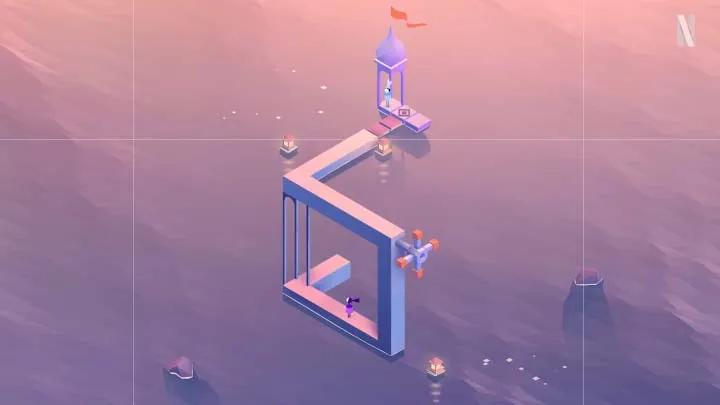
When you first begin Monument Valley, the controls and mechanics seem straightforward. You can tap to move Princess Ida to a location or drag the screen to rotate parts of the structure. However, the simplicity of the controls hides a complex layer of spatial reasoning.
Take your time to experiment with the environment. Many parts of the architecture can move in unexpected ways. For example, rotating a tower may align bridges that didn’t seem connected before, or lowering a platform might reveal a hidden staircase.
The key to success in the early stages is observation. Pay attention to visual cues like shadows, highlights, and symbols. These often indicate interactive elements. The game’s design encourages experimentation without punishment—you can always retry moves, so don’t be afraid to explore every possibility.
How to Solve Optical Illusion Puzzles
Monument Valley’s puzzles rely heavily on optical illusions, meaning that what you see is not always what exists. The structures twist reality, creating connections that seem impossible.
To solve these puzzles, focus on perspective. Many puzzles are based on aligning parts of the environment so that they visually connect, even if they are not physically connected. When aligned properly, Ida can walk across these newly formed paths as if they were solid.
Another key technique is rotation. Many towers and platforms can rotate to reveal hidden paths or new angles. Sometimes, simply changing your viewpoint unlocks a solution you couldn’t see before.
If you ever feel stuck, step back and view the entire structure. The game rewards players who take a moment to look at the bigger picture. Monument Valley is as much about perception as it is about logic.
How to Use Movement and Interaction Wisely
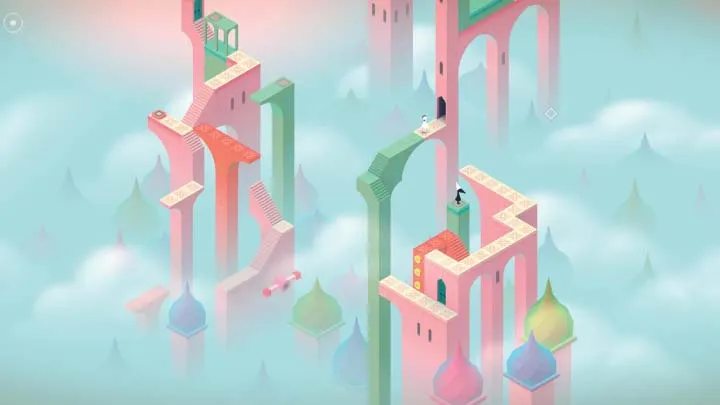
While tapping to move Ida may seem simple, precision and timing often matter. Some puzzles require synchronizing multiple elements—such as rotating one structure while moving Ida at the same time.
Keep an eye on movable objects marked by handles or circular knobs. These usually indicate platforms or bridges that can shift. Dragging these elements may realign pathways or open new routes.
In later levels, you’ll encounter platforms that react dynamically to your movement. Learning how to predict these behaviors helps prevent backtracking or getting stuck. Remember: every movement in Monument Valley is deliberate, and each change affects how the world behaves.
Discovering Hidden Secrets and Easter Eggs
Beyond the main path, Monument Valley hides small secrets and visual surprises that enrich the experience. These can include glowing symbols, mysterious birds, or alternative routes.
Some secrets can only be discovered by rotating or zooming in on seemingly irrelevant parts of the map. The developers intentionally designed certain architectural elements to reward curiosity.
In Monument Valley 2, you can also find special interactions between characters or environmental details that hint at deeper emotional themes. Exploring every corner isn’t necessary to complete the game—but it deepens your appreciation of its artistry.
Understanding the Story and Symbolism
At its core, Monument Valley tells a symbolic story about redemption, forgiveness, and finding balance. Princess Ida’s journey through the monuments represents a path toward inner peace.
The silent totems, ghostly figures, and mysterious crow people all contribute to this deeper meaning. Many players interpret Ida’s quest as a metaphor for spiritual awakening or reconciling past mistakes.
As you progress through the levels, you’ll notice recurring motifs circles, triangles, and pillars all representing cycles of life and connection. The game’s abstract storytelling invites players to create their own interpretations, making each journey personal and unique.
Advanced Puzzle-Solving Strategies
Once you’ve mastered the basic mechanics, Monument Valley introduces more complex challenges that require creative thinking.
Here are some advanced strategies to help:
- Think in 3D – Don’t rely on traditional logic. Sometimes, a path exists only when viewed from a specific angle.
- Experiment Constantly – Move objects even if they seem unimportant. Many puzzles depend on subtle movements.
- Use Symmetry – Many solutions involve balancing two sides of a structure or mirroring pathways.
- Pay Attention to Sound – Musical cues often hint at correct interactions or transitions.
- Be Patient – Rushing can make you miss visual clues. Take time to study each structure carefully.
By adopting these strategies, you’ll begin to understand the language of Monument Valley’s design. The game communicates without words, teaching you to “see” rather than simply “look.”
How to Progress Through Each Level
Each level in Monument Valley is carefully designed to introduce new mechanics or visual concepts. Early stages teach you about rotation and alignment, while later ones challenge you with multiple layers and moving parts.
Treat each level as a lesson. The game subtly builds upon previous knowledge, so skills you learn early will reappear in more advanced puzzles.
Don’t be discouraged if a puzzle seems unsolvable at first. The solution often lies in experimenting with angles and movements you haven’t tried yet. Taking a break and returning later with a fresh perspective can also help you notice things you missed.
Monument Valley isn’t about speed—it’s about discovery. The joy comes from the moment when a seemingly impossible structure suddenly makes sense.
Appreciating the Art and Music of Monument Valley
The beauty of Monument Valley lies not only in its puzzles but in its presentation. The art design blends pastel colors, clean geometry, and surreal landscapes to create a meditative visual experience.
Every structure feels alive, and every movement carries a sense of elegance. The game’s design draws inspiration from real-world architecture, such as Islamic art, M. C. Escher’s drawings, and ancient temples.
The sound design plays an equally vital role. Each action rotating a tower, walking on tiles, or opening doors—produces soft, musical notes that harmonize with the environment. This creates a rhythmic flow that makes puzzle-solving feel like a dance.
If you want to truly experience Monument Valley, use headphones. The music enhances immersion and makes every discovery more emotional and memorable.
How to Approach Monument Valley 2
Monument Valley 2 expands on the original’s concepts while introducing new gameplay elements and emotional depth. This time, you guide Ro and her child through a similar world of illusions and geometry.
The addition of two characters changes how puzzles work. You must now coordinate movements between them, often using one character to manipulate the environment for the other. This adds layers of complexity and cooperation.
The story in Monument Valley 2 also focuses on themes of motherhood, independence, and growth. It’s not just about solving puzzles it’s about understanding emotional connections between the characters and their world.
To master the sequel, apply everything you learned from the first game, but stay open to new possibilities. The puzzles may look familiar, but they require fresh approaches and deeper thinking.
Conclusion – Seeing Beyond the Illusion
Monument Valley teaches players more than just how to solve puzzles it teaches how to see the world differently. It’s a journey of perception, patience, and inner reflection. Every twist, rotation, and discovery mirrors the process of learning to shift perspective in real life.
By mastering the mechanics, understanding the story’s symbolism, and appreciating the artistry behind each level, you can fully experience what Monument Valley offers a peaceful, mind-bending exploration of beauty and balance.
Whether you’re a new player discovering it for the first time or a returning fan revisiting its timeless charm, Monument Valley will always remind you that sometimes, the solution lies in simply changing how you look at things.
Summary:
Learn how to master Monument Valley by understanding its puzzles, story, and art while discovering the beauty of perspective and illusion.
